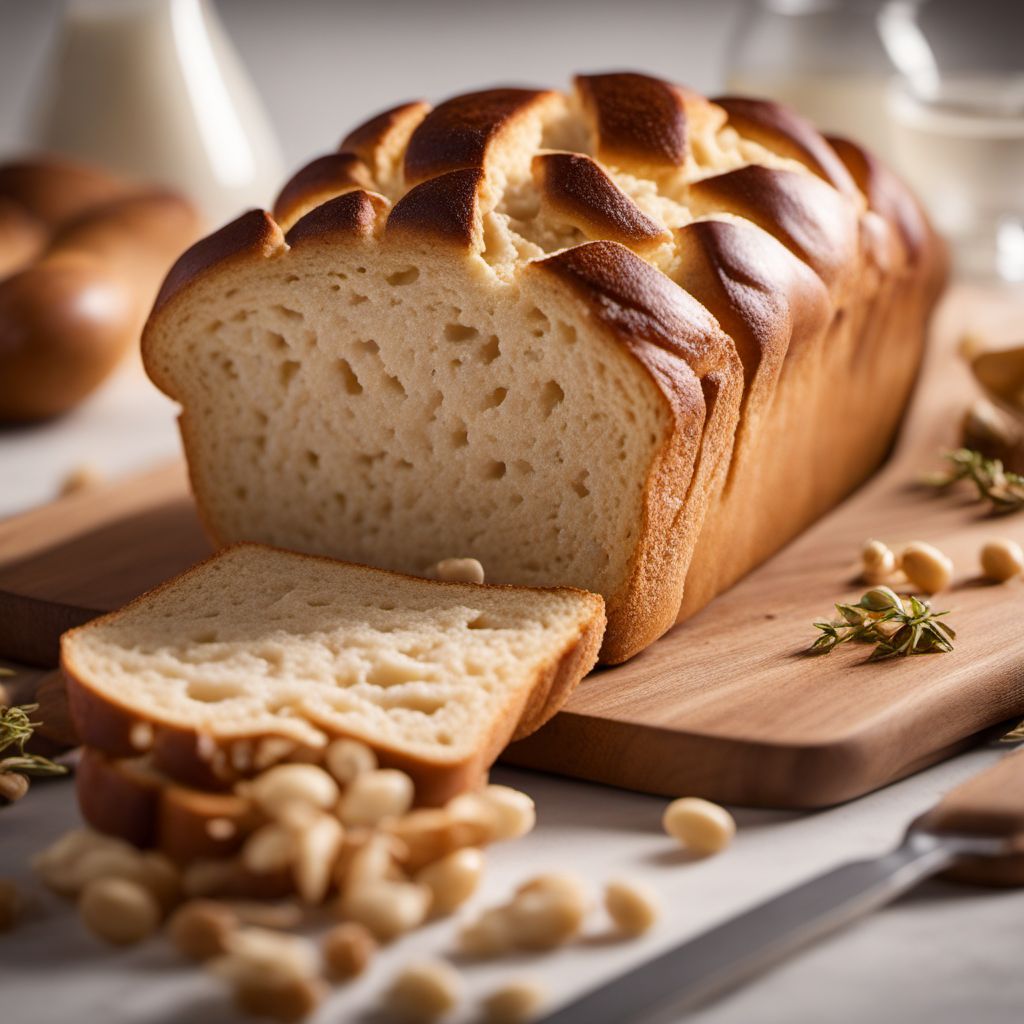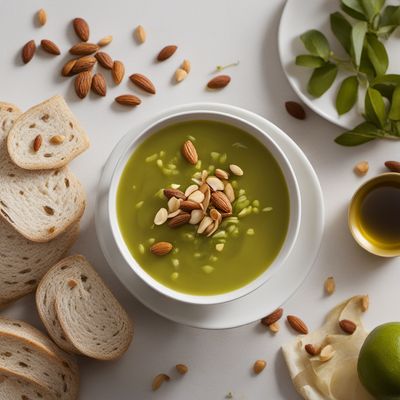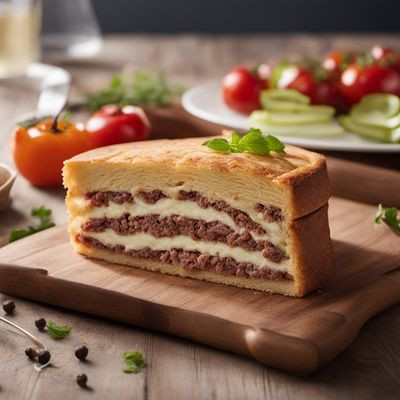
Ingredient
Bread alternative
Beyond the Loaf: Exploring Bread Alternatives
Bread alternatives come in various forms, each offering a distinct taste and texture. Some popular bread alternatives include gluten-free bread made from alternative grains like rice or quinoa, low-carb bread made from almond or coconut flour, and lettuce wraps or collard greens used as a bread replacement in sandwiches. These alternatives provide a different sensory experience while still allowing individuals to enjoy their favorite sandwich fillings or accompaniments.
Origins and history
The concept of bread alternatives has been around for centuries, with different cultures and cuisines utilizing various ingredients to create bread-like substitutes. In ancient civilizations, people used ingredients like corn, rice, and millet to make flatbreads or tortillas. In recent years, the demand for bread alternatives has grown significantly due to dietary restrictions, health concerns, and the desire for culinary experimentation. Today, bread alternatives are widely available in specialty stores, health food markets, and even mainstream supermarkets.
Nutritional information
Bread alternatives can offer a range of nutritional benefits depending on the ingredients used. Gluten-free bread alternatives made from grains like quinoa or amaranth can provide essential nutrients such as fiber, protein, and vitamins. Low-carb bread alternatives made from almond or coconut flour can be higher in healthy fats and lower in carbohydrates compared to traditional bread. Lettuce wraps or collard greens used as bread replacements offer a low-calorie option and provide additional vitamins and minerals. It is important to read the nutrition labels and choose bread alternatives that align with individual dietary needs and goals.
Allergens
Varies depending on the specific bread alternative.
How to select
When selecting bread alternatives, consider the specific dietary needs and preferences. For gluten-free options, look for bread alternatives made from alternative grains like rice, quinoa, or amaranth. Check the ingredient list to ensure there are no hidden sources of gluten. For low-carb alternatives, opt for bread alternatives made from almond or coconut flour, which are naturally low in carbohydrates. Pay attention to the ingredient list and avoid bread alternatives that contain added sugars or artificial additives. When using lettuce wraps or collard greens as bread replacements, choose fresh and crisp leaves that can hold the sandwich fillings without tearing.
Storage recommendations
To maintain the freshness and quality of bread alternatives, store them according to the specific instructions provided on the packaging or recipe. Some bread alternatives may require refrigeration, while others can be stored at room temperature. It is important to follow the recommended storage guidelines to prevent spoilage or loss of texture. If preparing bread alternatives at home, store them in airtight containers or resealable bags to maintain freshness. Consider freezing any excess bread alternatives for longer shelf life.
How to produce
Producing bread alternatives at home can be a fun and rewarding experience. For gluten-free bread alternatives, explore recipes that use alternative grains like rice flour, quinoa flour, or a combination of gluten-free flours. Experiment with different ratios and ingredients to achieve the desired texture and flavor. For low-carb bread alternatives, try recipes that use almond flour, coconut flour, or a combination of both. These flours provide a nutty flavor and a moist texture. Lettuce wraps or collard greens can be easily prepared by washing and drying the leaves, removing the tough stems, and using them as a wrap for sandwich fillings.
Preparation tips
Bread alternatives can be prepared and used in various ways depending on the specific type. Gluten-free bread alternatives can be used to make sandwiches, toast, or as a base for avocado or nut butter spreads. Low-carb bread alternatives can be enjoyed as a side with soups or salads, or used to make keto-friendly sandwiches or French toast. Lettuce wraps or collard greens can be filled with a variety of ingredients, such as grilled chicken, vegetables, or tofu, to create refreshing and low-calorie wraps. Get creative and experiment with different fillings and flavors to find your favorite bread alternative combinations.
Culinary uses
Bread alternatives are commonly used by individuals following gluten-free, low-carb, or specific dietary plans. They are often used as substitutes for traditional bread in sandwiches, burgers, or toast. Gluten-free bread alternatives are popular among individuals with gluten intolerance or celiac disease. Low-carb bread alternatives are favored by those following a ketogenic or low-carbohydrate diet. Lettuce wraps or collard greens are commonly used in Asian cuisines, such as Korean ssam or Vietnamese spring rolls, as well as in health-conscious restaurants and cafes.
Availability
Worldwide


